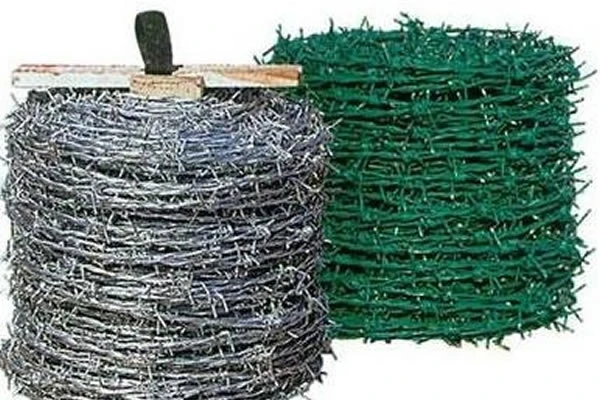 TEL:
+86-13102802206
TEL:
+86-13102802206
 Email:
fencenetting@china.com
Email:
fencenetting@china.com
 Language
Language
 TEL:
+86-13102802206
TEL:
+86-13102802206
 Email:
fencenetting@china.com
Email:
fencenetting@china.com
 Language
Language


Barbed Wire for Fence Tops A Practical Solution for Security and Safety
Barbed wire, a type of fencing wire that features sharp edges or points arranged at intervals along the strands, has long been recognized as an effective barrier against intruders and unwanted animals. When incorporated at the top of fences, it enhances security, deterring trespassers and providing an additional layer of defense for property owners. As concerns over safety and protection of property continue to rise, the use of barbed wire on fence tops has become increasingly popular in both residential and commercial settings.
One of the primary reasons for installing barbed wire on fence tops is to enhance security. The presence of barbed wire alone can act as a deterrent, signaling to would-be intruders that the property is safeguarded. It creates an intimidating visual barrier, often making individuals think twice before attempting to enter a premises. This psychological impact is significant; people are generally averse to confronting hazards, and the sharp points of barbed wire clearly signify the risks involved.
In addition to the psychological deterrent, barbed wire fences present a physical barrier that is difficult to breach. While standard fences can be climbed, the sharp points of barbed wire significantly increase the risk of injury, making it an effective choice for property owners looking to protect their assets. For businesses that house valuable equipment or sensitive documents, reinforcing fences with barbed wire can be crucial in maintaining security.
Barbed wire is also cost-effective compared to other security measures. When considering options for securing a property, many people find that barbed wire provides a significant level of security without the high costs associated with installing surveillance systems or hiring security personnel. This makes it an attractive option for budget-conscious homeowners and businesses alike. Additionally, the installation process for barbed wire is relatively straightforward, often requiring less labor and time than more complex security systems.

Moreover, barbed wire can be adaptable to various types of fencing. It can be installed atop chain-link fences, wooden fences, and even walls. This flexibility makes it a popular choice for a range of applications, from protecting agricultural lands and livestock to securing industrial facilities and residential properties. In rural areas, farmers often find it particularly beneficial for keeping livestock contained and protecting crops from wild animals.
However, while barbed wire serves as an effective security measure, it is essential to consider the potential risks associated with its use. For instance, in residential neighborhoods, barbed wire can pose hazards to children or pets that may inadvertently come into contact with it. Therefore, it is crucial for property owners to assess the appropriateness of barbed wire in specific contexts, ensuring that the benefits outweigh any potential risks.
In some regions, there are regulations regarding the installation of barbed wire fences, particularly in residential areas. Educating oneself about local ordinances and community guidelines is vital to avoid potential legal issues. Some communities may require specific permits or may even restrict the use of barbed wire to ensure that it does not compromise the safety and aesthetic value of the neighborhood.
In conclusion, barbed wire for fence tops is a practical solution for those seeking to enhance security and safety. Its cost-effectiveness, adaptability, and intimidating presence make it a popular choice among homeowners and businesses alike. However, responsible installation and adherence to local regulations are essential in maximizing its benefits while mitigating potential hazards. With thoughtful consideration, barbed wire can serve as a valuable asset in protecting properties and ensuring peace of mind.